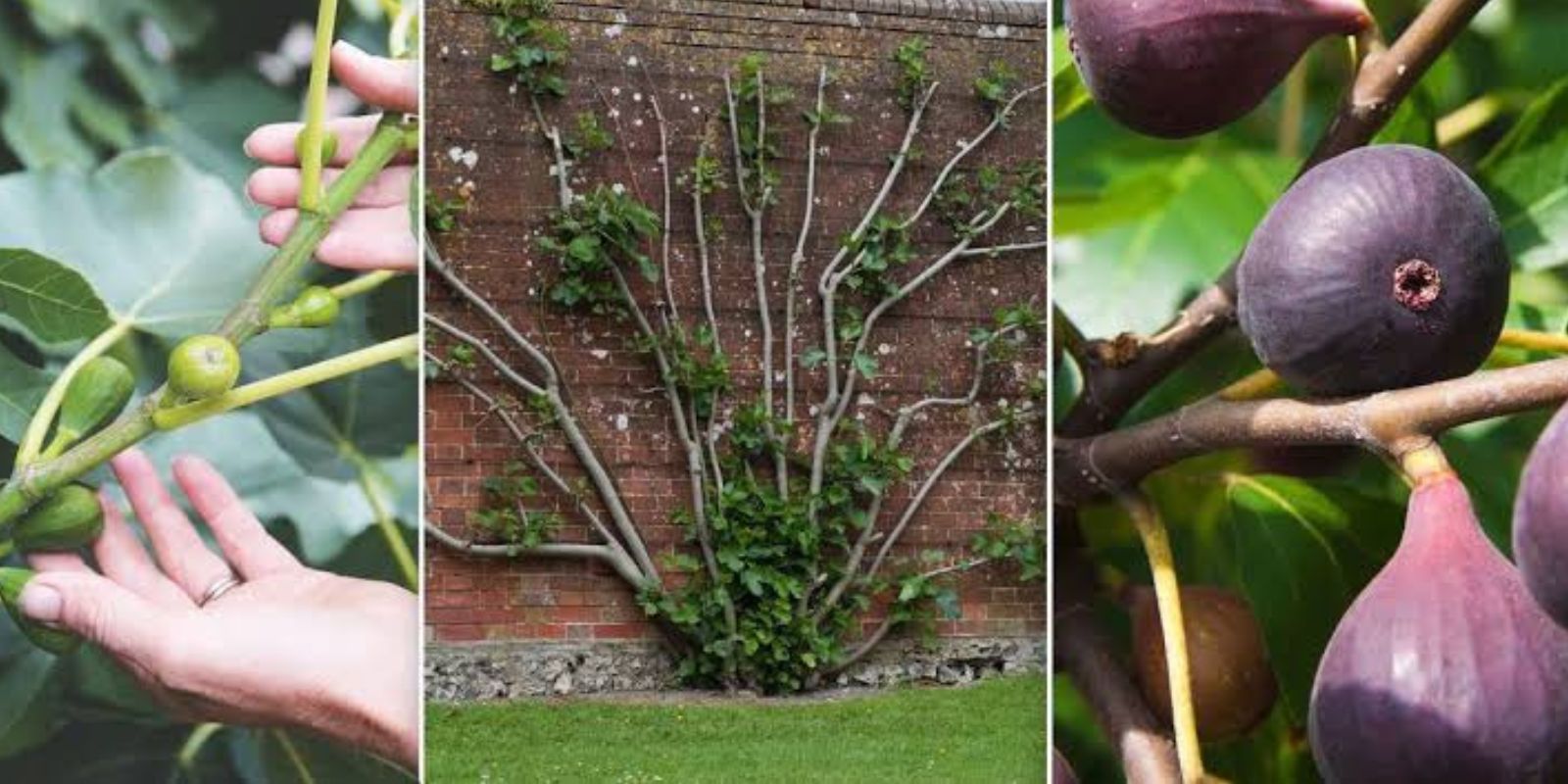Figs are delicious, nutritious, and surprisingly easy to grow at home. While most people buy fig trees from nurseries, did you know you can grow your own fig tree from the seeds of a store-bought fig? This method is not only cost-effective but also a fun way to start your own fruit garden.
In this guide, we’ll take you through the step-by-step process of growing a fig tree in a pot from a fig you bought at the store. With patience and care, you can cultivate your very own fig tree and enjoy fresh, homegrown figs in the coming years.
Why Grow Figs at Home?
Growing figs at home has several benefits:
✅ Fresh, organic fruit – You’ll know exactly how your figs are grown, free from pesticides.
✅ Cost-effective – Instead of buying a fig tree, you can start one for free!
✅ Great for small spaces – Figs grow well in pots, making them perfect for balconies or patios.
✅ Satisfying gardening experience – Watching your fig tree grow from a seed is a rewarding process.
What You Need to Get Started
Before you start, gather the following materials:
- A ripe store-bought fig
- A small pot (6-8 inches in diameter) with drainage holes
- High-quality potting soil
- A larger pot for transplanting as the tree grows
- Pruning shears
- A balanced slow-release fertilizer
- A sunny location for your fig tree
Step 1: Choose the Right Fig Variety
Not all fig varieties grow well from seed. If possible, identify the variety of fig you bought. Common types that grow well at home include:
- Black Mission – Sweet, dark purple figs
- Brown Turkey – Hardy, adaptable, and great for beginners
- Celeste – Small, sweet figs with a rich flavor
- Kadota – Yellow-green figs that are excellent for eating fresh
If you don’t know the variety, don’t worry! You can still try growing it, but some store-bought figs may come from hybrid trees that may not produce fruit identical to the parent plant.
Step 2: Extract the Seeds
- Cut the fig in half – Use a knife to slice the fig open.
- Scoop out the seeds – Use a spoon to carefully remove the small seeds from the inside.
- Rinse the seeds – Place them in a bowl of water and gently swirl them around to separate them from the fruit pulp.
- Dry the seeds – Spread them on a paper towel and let them air-dry for 24 hours.
Step 3: Plant the Seeds
- Fill a pot with soil – Use high-quality potting soil with good drainage.
- Plant the seeds – Scatter the seeds on top of the soil and lightly cover them with about ½ inch of soil.
- Water thoroughly – Moisten the soil well but avoid waterlogging.
- Place in a warm location – Figs need warmth and light to germinate. A sunny windowsill or a greenhouse is ideal.
Step 4: Provide Optimal Growing Conditions
🌞 Sunlight – Fig trees need at least 6-8 hours of sunlight daily. If growing indoors, place the pot near a sunny window.
💧 Watering – Keep the soil consistently moist but not soggy. Water when the top inch of soil feels dry.
🌱 Temperature – Figs thrive in warm climates. Keep the plant in a spot where temperatures stay between 65-80°F (18-27°C).
Step 5: Transplant as the Fig Tree Grows
- Wait for strong seedlings – Once the seedlings are 3-4 inches tall, choose the strongest one to continue growing.
- Move to a larger pot – When the tree reaches about 12 inches tall, transfer it to a bigger pot (at least 12 inches wide).
- Use well-draining soil – Ensure the new pot has drainage holes to prevent root rot.
Step 6: Pruning for a Healthy Tree
Pruning helps shape your fig tree and encourages strong growth. Follow these tips:
✂ Trim weak branches – Remove any thin or dying branches during the winter.
✂ Encourage bushy growth – Pinch the tips of young branches to promote branching.
✂ Remove suckers – These are small shoots growing at the base of the plant; removing them helps direct energy to fruit production.
Step 7: Fertilizing Your Fig Tree
Figs are light feeders but benefit from occasional fertilization:
🌿 Use a balanced fertilizer – Apply a slow-release fertilizer (10-10-10) in early spring.
🌿 Avoid excessive nitrogen – Too much nitrogen can lead to excessive leaf growth with fewer fruits.
🌿 Compost as a natural option – Organic compost can also provide essential nutrients.
Step 8: Be Patient – Growing a Fig Tree Takes Time
Growing a fig tree from seed requires patience. Unlike cuttings, which may bear fruit in 1-2 years, a fig tree grown from seed can take 3-5 years before it starts producing fruit. In the meantime, enjoy watching your tree grow and thrive!
Common Problems and Solutions
🟢 Yellow leaves? – Overwatering or poor drainage can cause this. Allow the soil to dry slightly between waterings.
🟢 Slow growth? – Ensure the tree is getting enough sunlight and nutrients.
🟢 No fruit? – If your tree isn’t producing figs after a few years, it may need more fertilizer or a different variety may be needed.
Final Thoughts: Is It Worth Growing a Fig Tree from a Store-Bought Fig?
Absolutely! While it takes time, growing a fig tree from seed is a fun and rewarding process. Whether you’re an experienced gardener or a beginner, watching your tree grow from a tiny seed to a thriving plant is incredibly satisfying. Plus, the joy of harvesting your own figs in the future makes all the effort worthwhile!
Would you try growing a fig tree from a store-bought fig? Let us know in the comments! 💬👇

